- About us
- Support the Gallery
- Venue hire
- Publications
- Research library
- Organisation chart
- Employment
- Contact us
- Make a booking
- Onsite programs
- Online programs
- School visit information
- Learning resources
- Little Darlings
- Professional learning
American opera singer, Henry Squires (1825–1907), performed in Australia and New Zealand throughout the 1860s as part of William Saurin Lyster’s Grand Opera Company. Known for his 'legitimate head tones and skilfully managed falsetto notes', Squires appeared in over 1300 performances during his eight year stay, the majority of which he performed in leading roles with his future wife, prima donna di forza, Lucy Escott. Born in 1825 in Bennington, Vermont, Squires trained as a professional singer under the instruction of church organist and early in his career appeared in New York with divas such as the 'Swedish Nightingale', Jenny Lind, and renowned soprano, Lucy Escott. In 1852, he went on to perform in Italy, becoming known as the 'first American singer to have achieved a career on an Italian stage' and later sang with J. H Tully's National English Opera company. Arriving in Australia in 1861, he debuted alongside Escott Lucia di Lammermoor at the Theatre Royal in Melbourne. Lyster's company proved popular with audiences, performing six nights a week with a repertoire of operas in Italian, German and English. Possessing 'handsome stage presence and a beautiful bel canto voice', Squires was an immediate favourite with Melbourne audiences and, along with Escott, was said to have rivalled Nellie Melba in making opera a form of mass entertainment in Australia. Though audiences called for Squires to 'infuse more animation into his acting', he possessed a 'beautiful mezza voce' and was considered as 'great a draw as the prima donna'. After nearly twenty years of working together, Squires and Escott married in May 1870 and retired to Paris. Squires returned to the USA following Escott's death and died in Iowa in January 1907.
Edwin Dalton (active 1853–1865), artist and photographer, arrived in Victoria in the early 1850s having exhibited on occasion with the Royal Academy since 1818. In London, he had trained and worked with painter Sir William Ross, whose artist–sister Magdalena Dalton married. In Melbourne, he established himself as a portrait painter, exhibiting with the Victoria Fine Arts' Society in 1853 and in the Melbourne Exhibition in 1854. He added photography to his repertoire after moving to Sydney where, in 1858, he opened his 'Royal Photographic Establishment' at 400 George Street. By 1861 he was offering 'photographic portraiture in all the modern branches – crayon, ivory, glass and paper – artistically coloured by E. Dalton, formerly painter and instructor to the Queen'. Dalton’s cartes de visite of Henry Squires and Lucy Escott were among the many portraits of local and international personages advertised as being available from Sydney stationer J.R. Clarke in December 1862 for two shillings each (or 21 shillings per dozen). This delicately hand-coloured carte of Squires and the corresponding image of Escott were originally contained in Squires' personal carte de visite album.
Purchased 2009



On one level The Companion talks about the most famous and frontline Australians, but on another it tells us about ourselves.
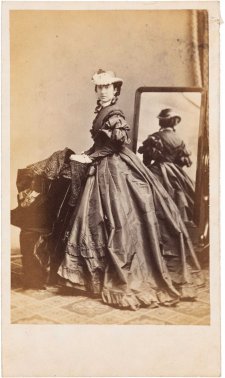
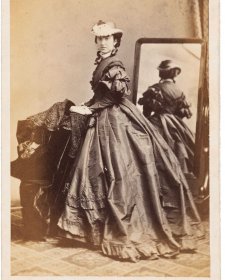
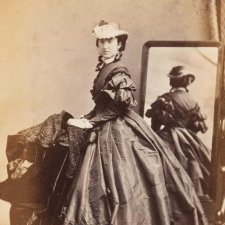
Drawn from the NPG’s burgeoning collection of cartes de visite, Carte-o-mania! celebrates the wit, style and substance of the pocket-sized portraits that were taken and collected like crazy in post-goldrush Australia.
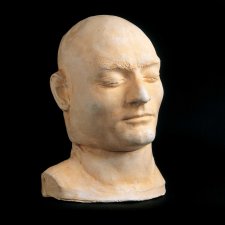
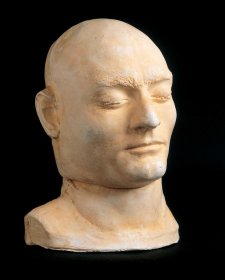
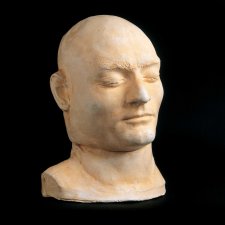
Death masks, post-mortem drawings and other spooky and disquieting portraits... Come and see how portraits of infamous Australians were used in the 19th century.